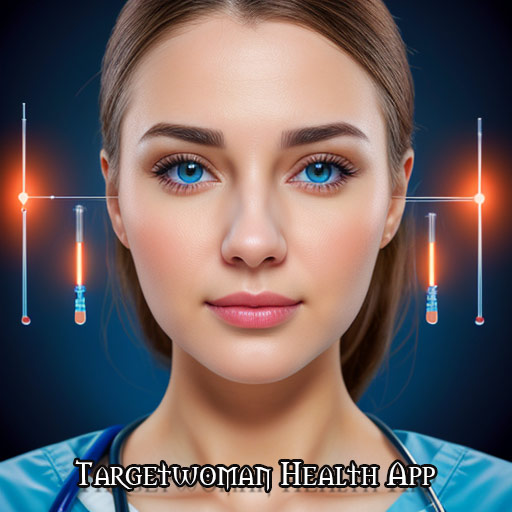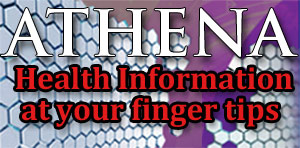Polio
Polio or Poliomyelitis or infantile paralysis is a viral disease caused by poliovirus that spread as a worldwide epidemic in the early twentieth century. But after the polio vaccine was introduced in 1955, the cases have drastically reduced. The polio virus spreads from contact and rapidly spreads within the blood and lymph system. The virus spreads through contaminated water, food and human waste. Polio tends to affect young children most often.
Polio can manifest as Paralytic, non-paralytic and subclinical polio, which is most common. Subclinical polio might result in symptoms such as headache, fever, vomiting and headache. With non-paralytic polio, the person would notice back pain, leg pain, muscle stiffness and tenderness, headache and pain in the legs, hands and abdomen. But with paralytic polio, the symptoms would also include muscle spasms, fever, difficulty in breathing and stiffness and sensitivity. Routine test of Cerebrospinal fluid or viral culture of CSF can help diagnose polio. Heat packs can reduce muscle cramps and pain. Physical therapy can help recover lost muscle strength. No treatment can reverse polio paralysis.
Heat Stroke
Heat stroke is a condition where the body temperature rises beyond 40.6 °C (105.1 °F) and the natural body cooling mechanism fails. Also called sunstroke, thermic fever, or siriasis, heat stroke can become a potentially dangerous condition if not treated. High body temperature plays havoc on the brain and other internal organs. Dehydration can lead to very low blood pressure. Symptoms of heat stroke include nausea, headache, muscle cramps, disorientation and seizures. Dehydration and hyperthermia results. Symptoms such as dehydration and excessive sweating are indicative of heat exhaustion and can lead to a heat stroke. A person suffering heat stroke symptoms must rest in a cool area and rehydrate with electrolyte drinks and water. A cool bath helps to alleviate some of the heat.
Severe Acute Respiratory Syndrome (SARS) is a highly contagious and possibly fatal disease that first showed up in China in 2003. CDC and WHO came up with guidelines to control the infection. SARS has been described as an ‘atypical pneumonia of unknown etiology’ by the end of March 2003, and the cause was eventually identified as a previously unknown Coronavirus.
SARS Virus is transmitted usually from person to person predominantly by the aerosolized droplets of virus infected material. The early symptoms of SARS include a high fever with chills, headache, muscle cramps and weakness. Later it was followed by other respiratory symptoms - a dry cough and painful or difficulty in breathing. Some patients require mechanical ventilation. The mortality rate of SARS is about 3%.
Coronavirus is one of a family of RNA-containing viruses known to cause severe respiratory illnesses. Acute respiratory distress syndrome - is a serious reaction to various forms of injuries to the lung, characterized by inflammation of the lung which leads to impaired gas exchange and release of inflammatory mediators causing inflammation and low blood oxygen. This condition leads to multiple organ failure in some cases. As this is life threatening with lethal consequences, it requires mechanical ventilation and admission to an ICU.
Diagnosis: Largely the diagnosis is based on the reported symptoms and a chest examination. Listening with a stethoscope will reveal abnormal sounds, and tapping on the patient’s back (which should yield a resonant sound due to air filling the Alveoli - the little air sacs clustered at the ends of the bronchioles, in which oxygen-carbon dioxide exchange takes place.) may instead yield a dull thump if the alveoli are filled with fluid and debris.
Treatment: As of now, there is no known clinically demonstrable therapy for the SARS infection. Usually in a pandemic condition involving this kind of virus, a treatment option is to offer supportive therapy - administration of fluids, oxygen and ventilation.
Precaution: Until a vaccine is developed, isolation and quarantine are potent tools in the fight against such pandemic. Both procedures seek to control exposure to infected individuals or materials. Isolation procedures are used with patients with a confirmed illness.Quarantine rules and procedures apply to individuals who are not currently ill, but are known to have been exposed to the illness.
The following techniques have been known to work in mitigating the spread of the virus:
- Social distancing - stay away from each other until herd immunity takes place
- Washing Hands with soap and water. Ensure that the soap lather is in your hands for at least 30-45 seconds for maximum effect
- If soap and water is not available where you are, use Alcohol based hand sanitizer to wipe your hands clean. The sanitizer must have at least 60 % Alcohol content to be effective. The alcohol kills the virus and it is effective only when it is in a concentrated level. Wait for it to evaporate.
- For sanitizing objects, subject them to powerful UV light. Ensure that your skin or eyes are not exposed to the UV radiation. Sufficient time of exposure and short distance to the source of the UV light are vital in killing the virus.
- If you have a 500 W or above rated tungsten halogen bulb, it can be used to kill the harmful virus. The powerful broad spectrum light kills pathogens. Observe standard precaution of avoiding exposure to your body and eyes.
At TargetWoman, every page you read is crafted by a team of highly qualified experts — not generated by artificial intelligence. We believe in thoughtful, human-written content backed by research, insight, and empathy. Our use of AI is limited to semantic understanding, helping us better connect ideas, organize knowledge, and enhance user experience — never to replace the human voice that defines our work. Our Natural Language Navigational engine knows that words form only the outer superficial layer. The real meaning of the words are deduced from the collection of words, their proximity to each other and the context.
Diseases, Symptoms, Tests and Treatment arranged in alphabetical order:

A B C D E F G H I J K L M N O P Q R S T U V W X Y Z
Bibliography / Reference
Collection of Pages - Last revised Date: July 11, 2025



